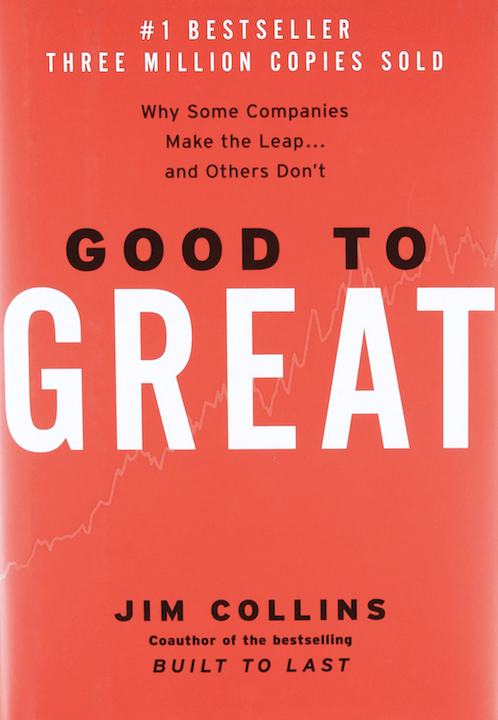Since the COVID-19 outbreak of 2020, Personal Protective Equipment has grown significantly in importance. Additionally, over the past 18 months, the U.S. has experienced a PPE shortage. Unfortunately the industry wasn’t prepared for the demand and disruptions in the supply chain; from the sourcing of materials and logistical issues to sterile facilities and the mass-production of the products themselves.
The FDA and many other regulatory agencies approved emergency use authorizations for PPE and other equipment in 2020. As a result, many EUAs begin to change, as more regulatory guidance becomes available and supplies are no longer limited. New requirements and standards will affect the PPE industry in a number of ways. For example, the FDA fast-tracked low dead-volume syringes that offer an extra dose of the vaccine in January 2021.
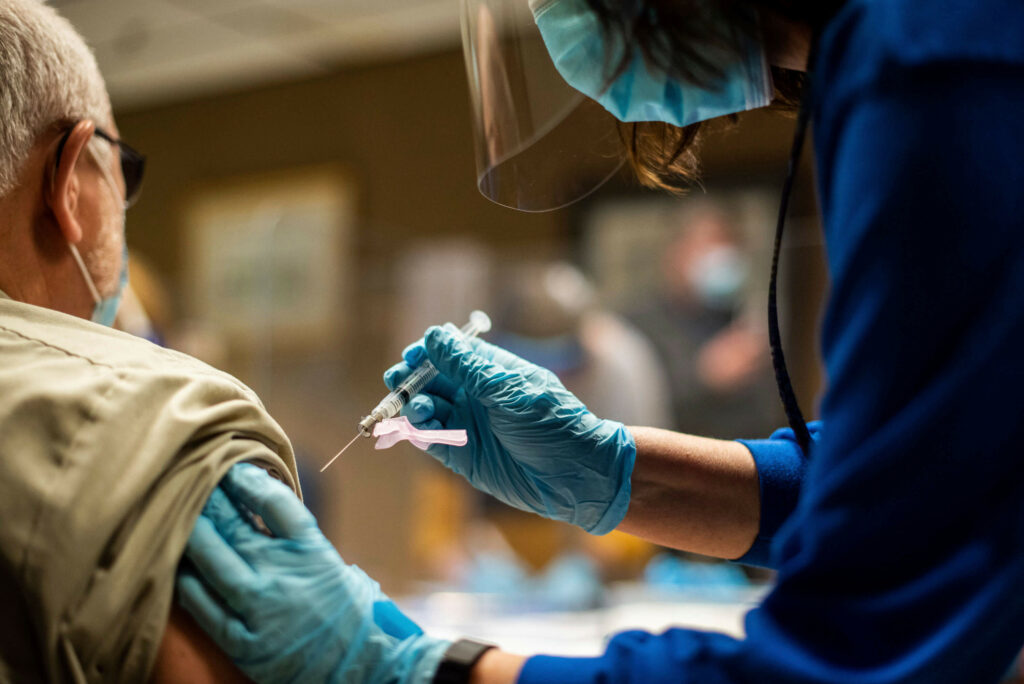
These strategic moves by the federal government in the U.S. have helped push out more vaccines over the past few months, which in return, has dramatically lowered the country’s infection and mortality rate from COVID-19. Manufacturers must therefore watch for more changes in requirements to prevent inventory loss and other complications for compliance failure.
The reduction in cases and deaths is changing the face of COVID-19. Companies must prepare for market variations and learn to adapt. The recent world history of viral infections is a clear precursor that PPE supplies will be necessary for years and maybe even decades into the future. As the world continues to recover, businesses have the opportunity to prepare for the next wave of COVID-19.
A potential resurgence of the flu, with people wearing masks less frequently, is also looming for the 2021 season. As case numbers rise, PPE suppliers will also see increased use of masks, hand sanitizer, and other protective gear. During this time, companies are going to see an influx of competition, but manufacturers that meet quality standards will come out on top.
PPE Suppliers Must Keep Up with Changing Regulations
When the pandemic first began, there was chaos . People didn’t know the virus particle size and the ease of transmission. Misinformation flowed regularly, making manufacturers’ jobs harder. Many businesses hadn’t been producing PPE or the types of protection the pandemic demanded. PPE producers were dusting off manufacturing equipment they hadn’t used in years.
Governments relaxed rules on PPE to ensure frontline workers, including doctors, nurses, EMTs, police officers and soldiers had access to the necessary protection. Some U.S. hospital personnel were forced to use garbage bags as PPE substitutes and, for several months, re-using masks for a week or more was standard practice due to shortages.
These emergency authorizations by the FDA should be ending as more companies produce PPE, with fewer shortages occurring. It’s going to get harder for PPE suppliers to import products into the U.S. and other countries. Shipments coming into ports that don’t meet quality standards for safety won’t make it past the docks. Customs officials will search and seize counterfeit and inferior products before they can arrive in American hospitals, doctors’ offices or schools.
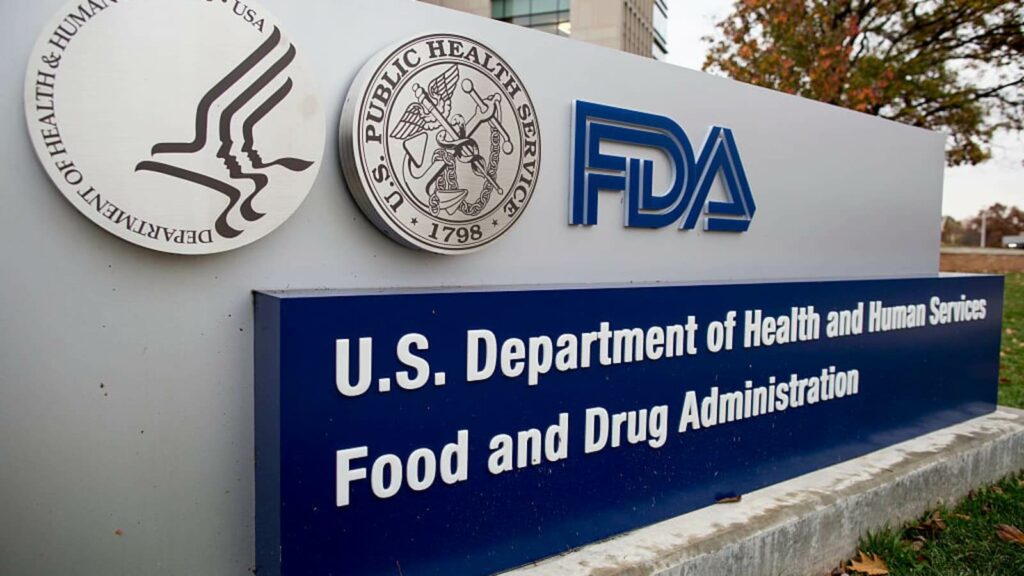
1. Requirements Can Change Daily
Recently, a bulk of changes were released to the public. In early 2021, the FDA released an 82-page handbook on changes for PPE suppliers. As scientists learn more about the virus and how to prevent the spread, more regulations could quickly hit the industry. These changes can throw a wrench into any business plan depending on the quantity. To stay in the game, however, you have to roll with these new developments.
2. Protecting Customers from Fraud
Regulations and enforcement are valid; fraud and counterfeit products exist and present a problem globally. For example, in April 2020, 50,000 PPE kits sent from China to India failed quality testing. Two shipments had unsafe products – 90,000 out of 170,000 kits. These problems pushed India to re-shore their protective equipment manufacturing. Buyers have
followed the country’s lead by purchasing from India, where there’s an increase in safety measures and regulations, which meet U.S. requirements.
PPE suppliers need to protect customers from these situations by verifying the safety of each import. Manufacturers, therefore, are starting to implement changes such as holograms and QR codes to confirm product authenticity and track products in case of recalls.
3. Keeping Overhead Low While Minimizing Risk
All these regulations and oversights can become expensive. Nonetheless, it is up to those sourcing PPE to find ways to minimize risk without spending a fortune. There are several ways to achieve this, including QR codes, holograms, and proof of admissibility. Building trust with your customers means checking all the safety boxes. Keep in mind that many buyers will pay a small amount more for reassurance. Recalls and product failures are embarrassing for all parties involved.
Habitual Changes in the Public are Affecting Demand
In Asia, you saw changes in PPE use and sales after the SARS outbreak. By the time COVID-19 occurred in China and the surrounding countries, PPE was the norm when viruses spread. COVID-19 expands faster than other infections, increasing how much PPE each person needs to wear to reduce the chances of catching the virus and the level that makes them feel safe in public.
PPE Suppliers Rejoice: Some Aspects are Here to Stay
It’s clear times are changing. More PPE is here to stay. The capacity will vary, but it should remain steady as virus uncertainty has people acting cautiously. Vinyl and nitrile gloves, for instance, are everywhere. Before the pandemic, people were required to wear them preparing food and handling bodily fluids. In 2021, everyone’s wearing them, from hotel staff and grocery store workers to retail and recreational facility employees.
Even as the spread of COVID-19 cases slows, individuals still see the benefits of PPE during cold and flu season. Experiencing fewer colds and infections over the last 18 months has opened eyes to these advantages. Why suffer when you can use more hand sanitizer and wear a mask in crowded areas and avoid it all together?
New Levels of PPE are Here
Changes are occurring in all areas of the industry, from demand and regulation to new products. Hospitals are seeking level three surgical gowns for instance. Studies also show that dentists have the lowest COVID-19 infection rate among all health professionals. This critical research suggests the higher level of protective gear dentists and dental office workers wear, provides better protection. The American Dental Association study found from the beginning of the pandemic through to November 2020, only 2.6% of dentists were infected with COVID-19. Nonetheless, one of the strategies dental professionals used involved changing masks between patients. Although this doesn’t increase protection levels, it does boost mask sales for PPE suppliers.
Going from a Few Suppliers to Heavy Competition
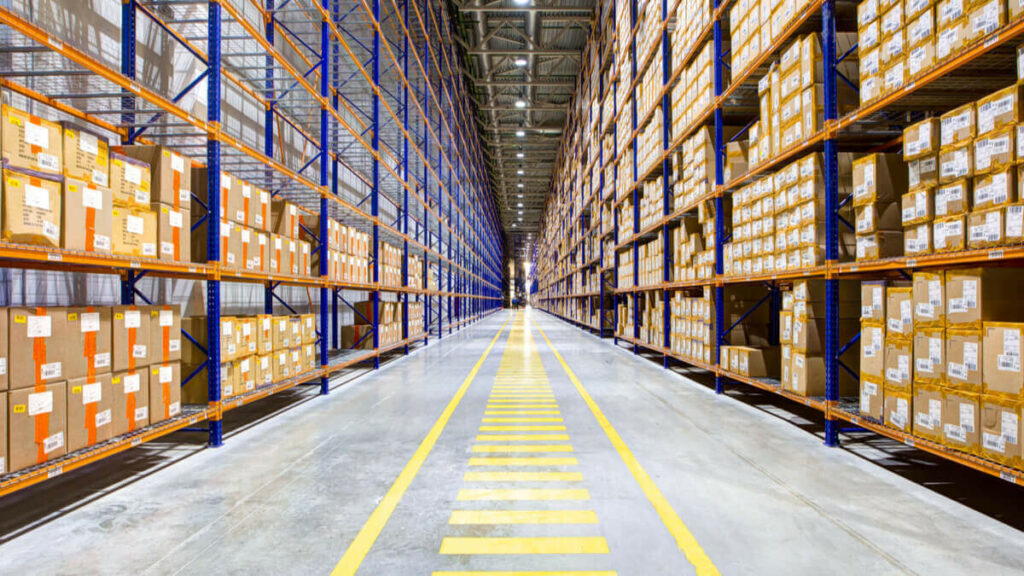
The market for PPE suppliers is taking off. Following buying trends and changes in consumer habits, the demand for PPE will send more manufacturers into the area, and create heavy competition for the few suppliers in the industry today. The foreknowledge of what’s to come, however, is what you need to prepare for the short- and long-term changes, allowing your company to stay on top.
1. Get Ahead with Compliance
Check everything: Review the guidelines, look for changes, and take the time to get to know each product. The more knowledge you have about the different requirements for each piece of PPE, the smoother your business will go. Additionally, when you dot all the ‘i’s’ and cross the ‘t’s, you build trust with your customers. Finally, when there’s much competition in an industry, you need to stand out. Buyers will instantly go where the quality is above standard with every sale.
2. Hire Someone to Oversee Regulations
Keeping up to date with changes in regulations for PPE can be difficult if you have a full-time job. To prevent costly mistakes, consider hiring someone to check for changes that affect your products. There’s no shame in admitting that you can’t do everything. Two pairs of eyes are better than one when it comes to meeting agency requirements and industry standards. The extra assurance is beneficial for you and your customers.
3. Complete Certifications
Certifications are available to ensure you know the rules and regulations for manufacturing high-quality PPE. It may take several months before you complete them all, however, when you do, it will put you ahead of the competition. Certifications might seem pointless at first if they’re not required. However, as some say, consider it insurance. You don’t want to use it, but have it if you need it. Also, think of certifications as instruments of trust between buyers and sellers.
Due Diligence with Supply Chain
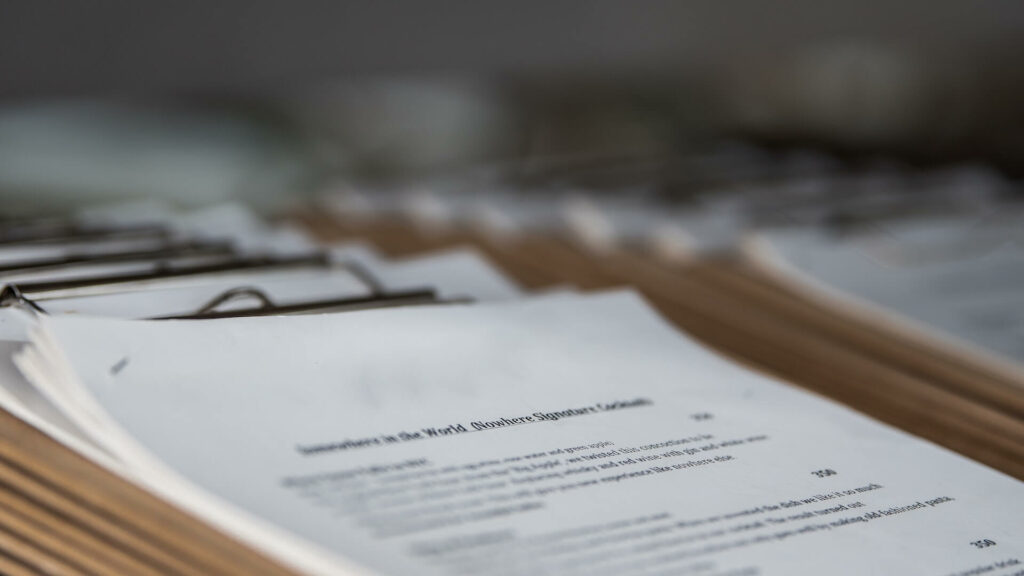
With heavy competition, due diligence in every aspect of the supply chain is more critical than ever. Don’t take the word that your PPE manufacturer is supplying you with quality materials. Instead, become data evidence-informed by checking your supply chain from start to finish. Too much can go wrong between the original material and delivery. You’re already dealing with changing regulations and kinks along the supply chain, such as slowdowns from national lockdowns, borders closing in the EU and North America.
1. Verify Sourcing Materials
Sourcing PPE materials carefully is essential to meet agency standards and earning public trust. Additionally, you must pay close attention to the origin country. For example, raw materials from China can lead to difficulties for PPE suppliers with buyers. Concerns of poor quality and counterfeit are high, and trust between the two nations is at one of the lowest points in their histories. However, avoiding China altogether is difficult, given their production capabilities. A better way to handle sourcing PPE questions is to consider a guarantee of complete transparency with a contract. This way, you’re offering the PPE manufacturer an incentive to be transparent with all raw material information, labor data, and guidelines.
2. Quality Over Quantity
PPE suppliers must concentrate on quality over quantity. The market’s starting to get flooded with lower-quality products. As late as November 2020, a healthcare safety group testing PPE found 52% of 170 isolation gowns hospitals purchased to protect workers failed. Sadly, these gowns didn’t even meet the Association of Advancement of Medical Instrumentation’s (AAMI) lowest standards. PPE sellers won’t gain customers’ trust with these failures. Additionally, these negative situations make the entire industry look bad.
Unfortunately, meeting the minimum standards isn’t nearly good enough with any type of personal protective gear. Therefore, all manufacturers should strive for the highest quality. Even if the demand starts to fall some over the next year, it will continue at an incredible pace until stocks are fully replenished. Hospitals, doctor’s offices, government agencies, and companies worldwide don’t want to be caught unprepared again. So, keep aiming for the best, and you won’t miss out on the rise in the PPE market.
3. Pay Attention to Sourcing Conditions
Most manufacturers think of safety guidelines for source materials. However, meeting GMP standards or pollutants in the primary supplies aren’t the only considerations. The U.S. and many other countries look further than environmental considerations. For example, there are strict reviews for violations of child labor laws. If agencies suspect children or trafficking played a role in producing your PPE, they will seize it at the border. Seizures for any reason could tarnish your company for years. Note that the U.S. regulations go further than child labor violations and cover slave or bonded labor and prison work.
Ask for verification by requesting proof of admissibility and implementation. Similar to verifying where each source is coming from, inspect the factories making your PPE. Producers that aren’t breaking any laws or cutting corners on quality will have no problem with a walkthrough.
PPE needs aren’t going away. But as more competition floods the market, high-quality product producers will push manufacturers who pay less attention to the quality and safety of their personal protection equipment out of business. Likewise, PPE suppliers need to keep up with changing regulations and follow their supply chain closely. Any misstep with manufacturing standards and government agencies’ requirements can set them back in a quickly advancing industry.


